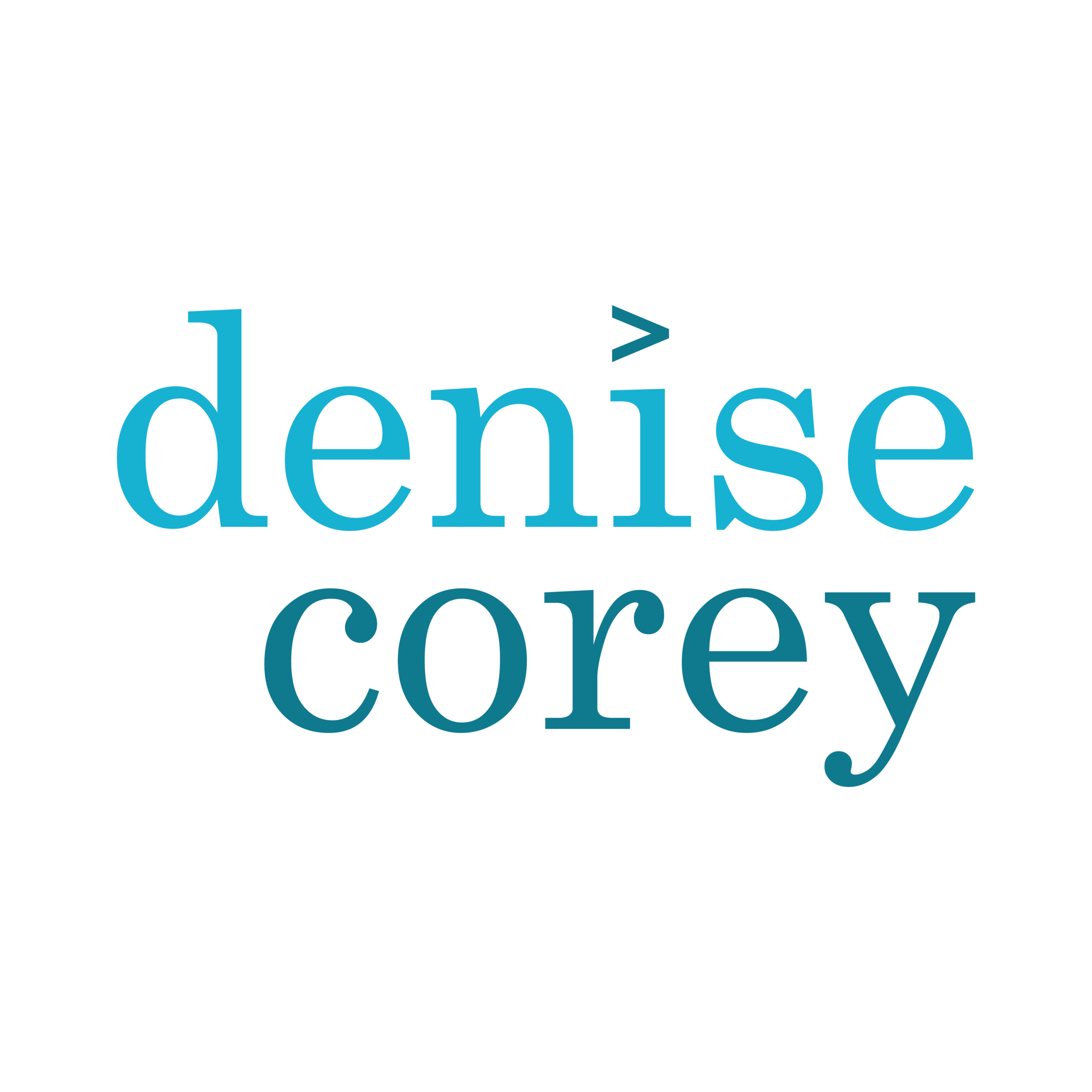Writing your resume can feel daunting. Sure there are rules and suggestions, but some of these contradict each other. Bottom line: you are selling yourself as a solution to prospective employers, so your resume will be different for EACH job. WOW! NYTimes has a great article about the relevancy of resumes and how to navigate search engines. It’s worth a read.
Lori Bumgarner’s course, Resumes That Get You the Interview, is a really fantastic— and actionable— a guide to creating compelling, successful resumes. I have pulled together some of its key concepts below for you to consider when you begin to write and rewrite your resume, but you might also consider enrolling.
Before working on a resume for a specific position, you should create a master resume with all your information, using the tips below. Update this master resume every six months. This master enables you to create tailored resumes in response to new opportunities more quickly.
Resume Dos:
Include your contact information (email, phone number) but do not include your address or picture of yourself
Include your LinkedIn link
Education: Write out degree in full, and minor courses of study if relevant current name of institution and leave off dates unless you are a recent grad.
Use keywords from the job ad to describe your experience
List and quantify accomplishments, echoing the priority order in the job ad
Use reverse chronological order for all entries
Format consistently
Use bullets (not sentences) and active (not passive) voice
Use present tense for your current position and past tense for previous experiences
Include the official job description and job posting number in your resume in the Objective Statement
Proofread, and then proofread twice more. There should be absolutely no grammar or spelling errors.
Resume Don’ts:
Don’t use personal pronouns
Don’t include your picture
Tips for Doing the Dos:
It’s often easier to write your Professional Profile section after you’ve written the rest of your resume. Because you’ve put so much thought into what to include in this resume (from the master resume bank), you will be clearer about the kind of story you want your resume to tell.
Remembering your accomplishments can be hard. (One helpful prompt for your memory: Look back at your performance reviews for specific and measurable accomplishments.) Ask yourself, what is the purpose of the tasks you’re including and what is the achievement? How does each achievement demonstrate to this employer that you can solve their challenges?
List the relevant accomplishment first and then how you did it.
Example: “Increased sales by 70% by developing new email solicitation procedure.”
Three Templates:
Chronological Resume: most common type of resume, lists jobs in historical order. Many HR departments prefer this style of resume, and it is ideal for advancing within your profession.
Skill Based Resume: organized by the professional skills you’ve acquired, followed up by your job history. Focusing on skills instead of job titles is useful if you’re interested in expanding your professional horizon and moving a bit out of your previous career path.
Hybrid Resume: allows you to call out your passion, achievements, and accomplishments. It can be a great tool to support a career shift.
